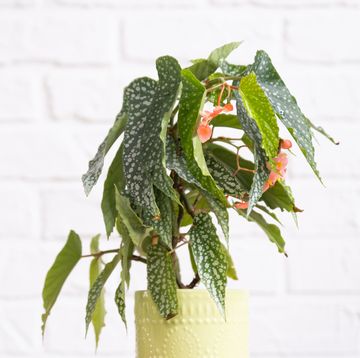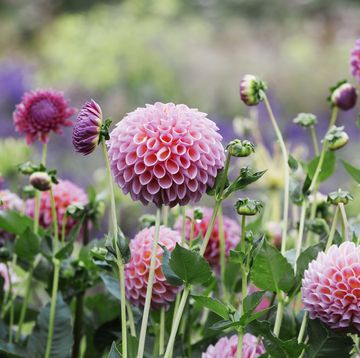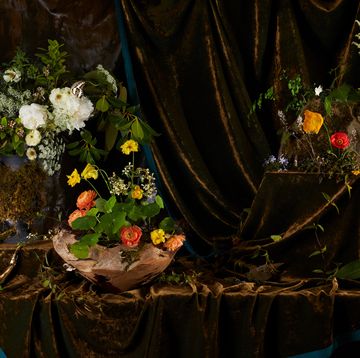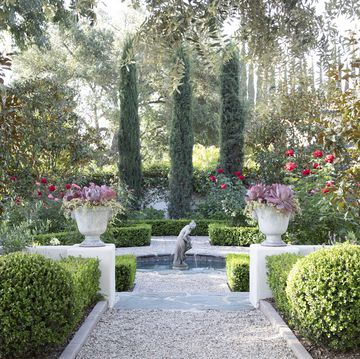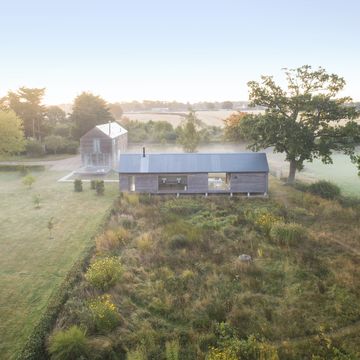Every item on this page was chosen by a Veranda editor. We may earn commission on some of the items you choose to buy.
Cauliflower
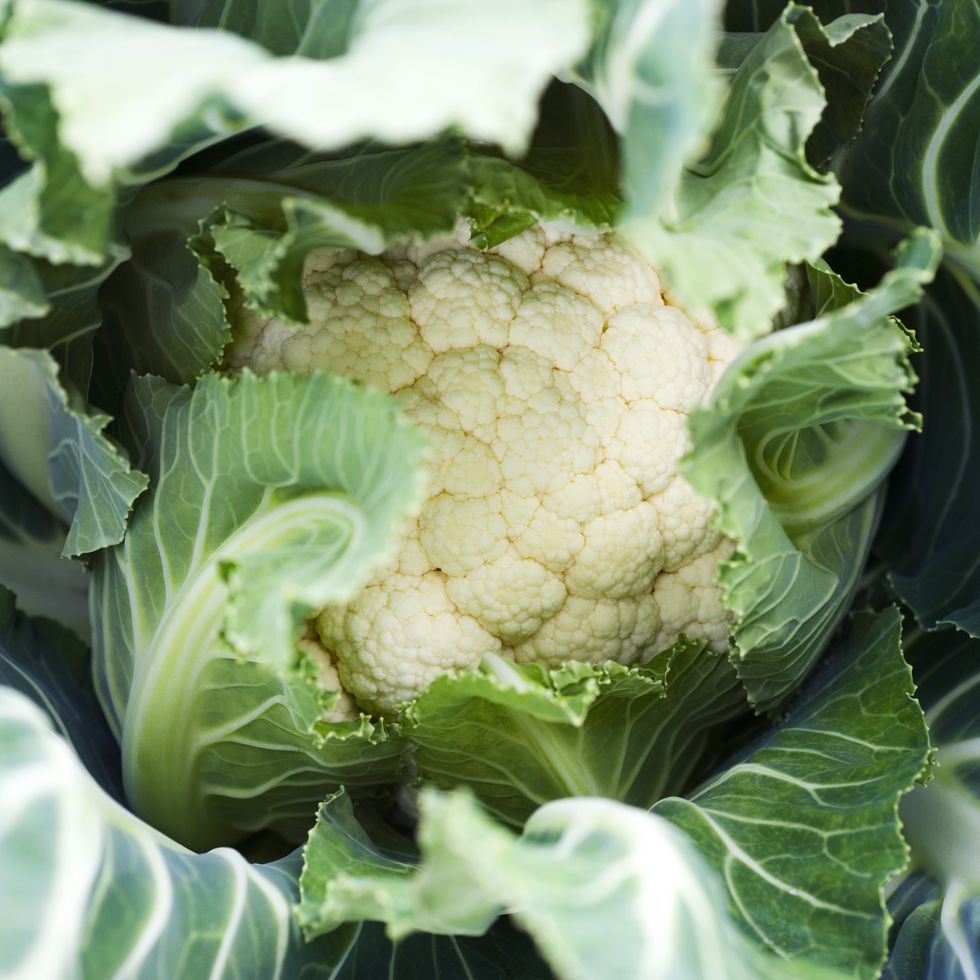 ZenShui/Laurence Mouton//Getty Images
ZenShui/Laurence Mouton//Getty ImagesThis cruciferous veggie is relatively easy to grow, and it does best when started in the cool weather of spring for Zones 5-10. Start seeds a month or two before the last frost, or plant in ground two to four weeks before the last frost.
Herbs
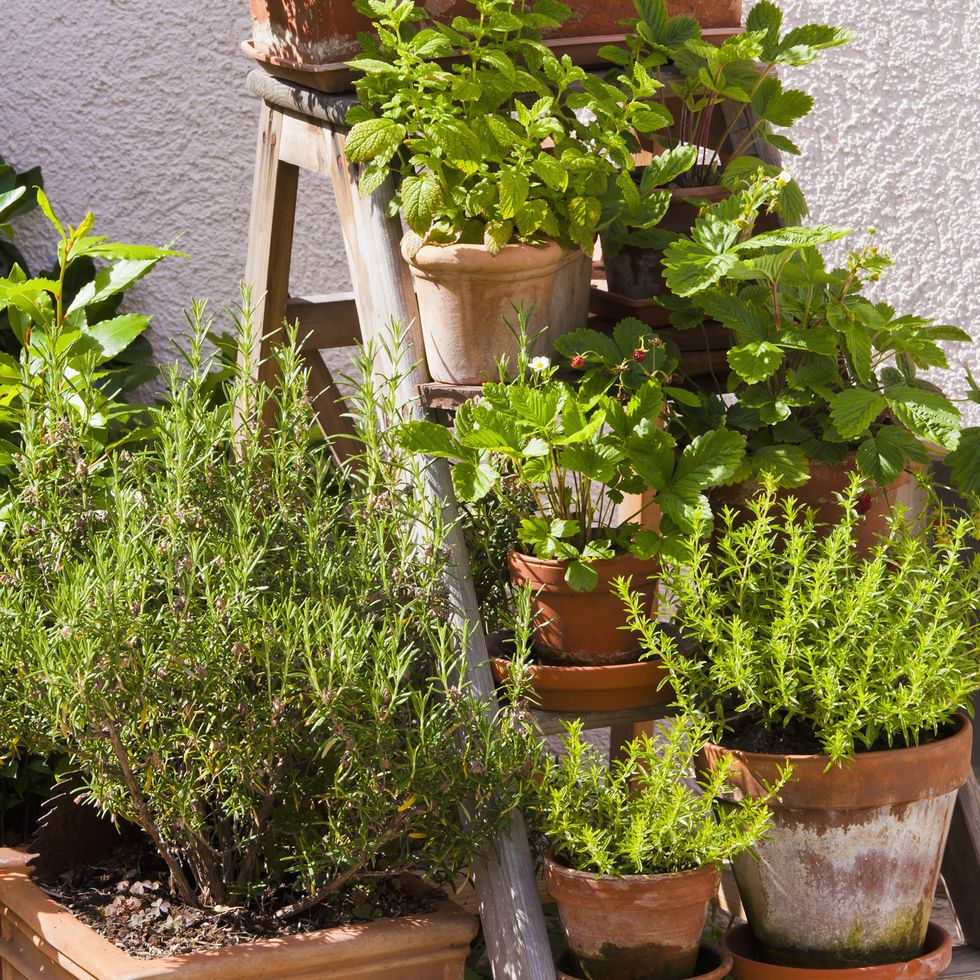 Westend61//Getty Images
Westend61//Getty ImagesHerbs—such as rosemary, mint, sage, thyme, basil and chives—are perfect to plant in containers or garden beds in most parts of the country come March. We like buying individual plants since they're so easy to grow! Just plant them in a sunny spot and water when dry.
Buy Herb Plants
Potatoes
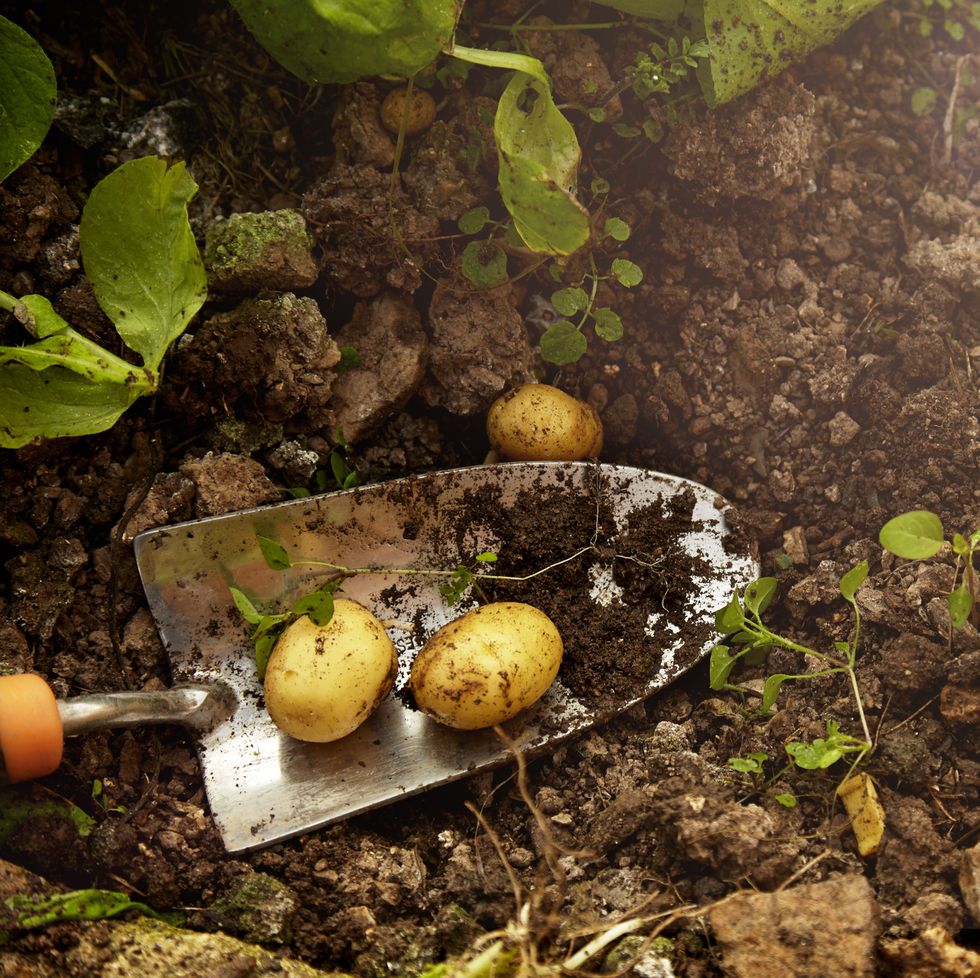 Ezra Bailey//Getty Images
Ezra Bailey//Getty ImagesThere was an old belief amongst the Pennsylvania Dutch community that St. Gertrude’s Day—known as St. Patrick’s Day today—was the official potato-planting day. They might have been on to something, as March offers the ideal conditions to plant these cold-loving crops. Start by planting seed potato pieces in trenches about 3 to 4 inches into the soil. Once a seedling has sprouted, cover the plant once again with 3 inches of soil and repeat a few weeks later. This technique is known as "hilling," and it protects the tubers from sun damage.
Buy Potato Tubers
Advertisement - Continue Reading Below
Leeks
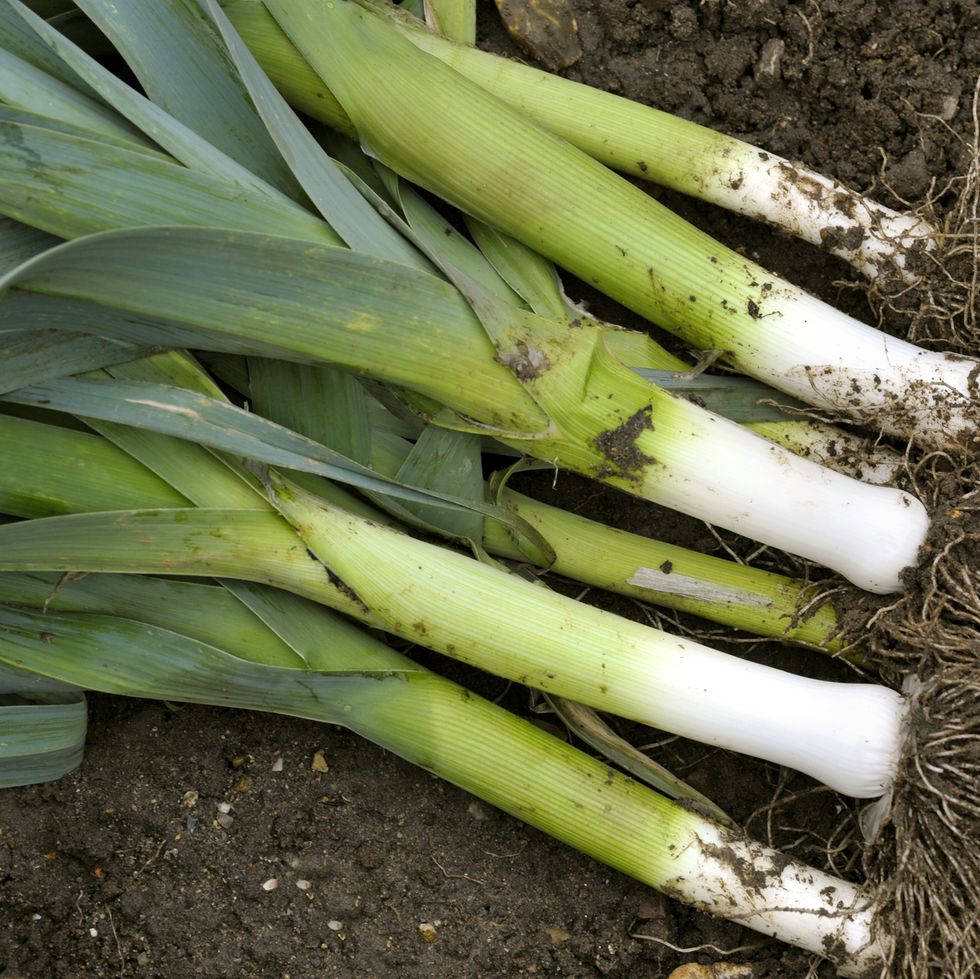 Grahamphoto23//Getty Images
Grahamphoto23//Getty ImagesA sweet and mild member of the onion family, leeks thrive in cool weather and can withstand unexpected frosts during the month. For happy and flavorful leeks, check that the soil is constantly moist. You may have to water the leeks once a week if you live in a dry climate with a lot of sunshine. The best part of growing leeks is that you can harvest them whenever they reach your ideal size for cooking.
Buy Leek Seeds
Tomatoes
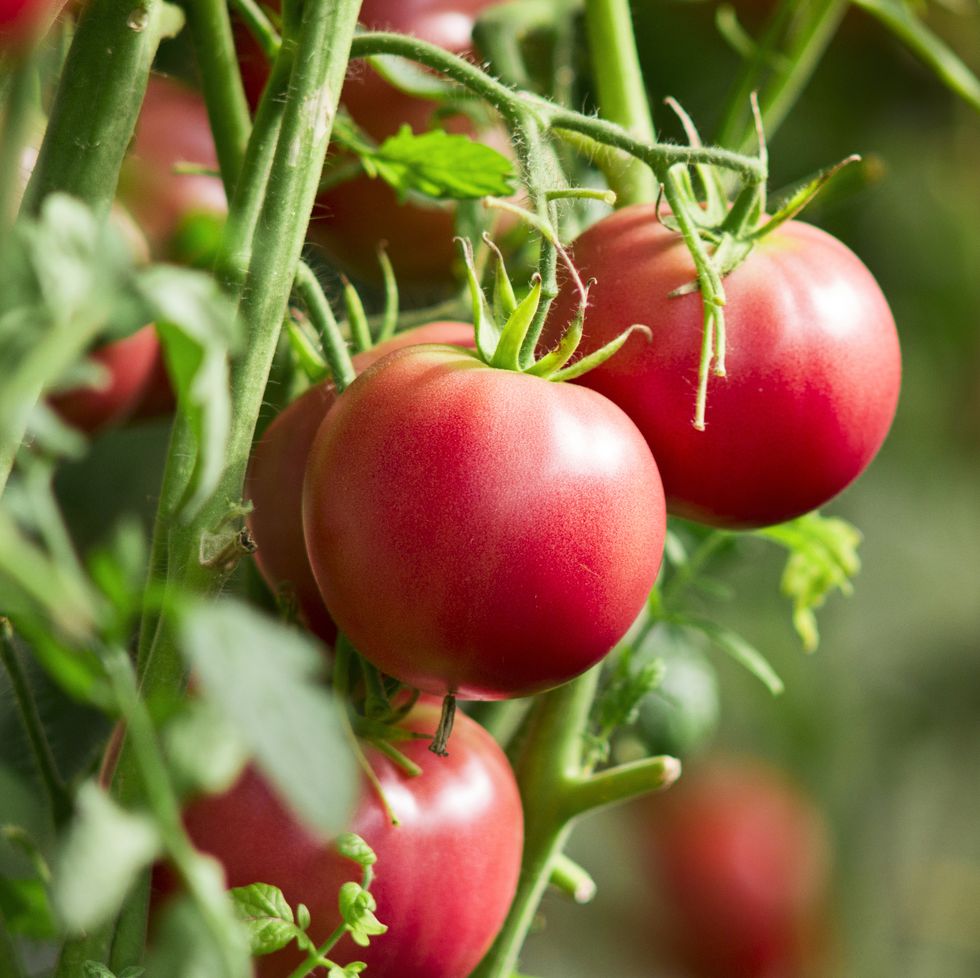 Bastetamn//Getty Images
Bastetamn//Getty ImagesIt may come as no surprise that tomatoes are the most popular vegetable to grow in gardens at home. With so many colors and varieties, the possibilities are truly endless. For those who live in USDA Hardiness Zones 5–10, you can begin growing tomatoes from seed indoors in March. For best results, start from seed indoors 6 to 8 weeks before the last frost in preparation to transfer outside once the cold weather has passed.
Buy Tomato Seeds
Broccoli
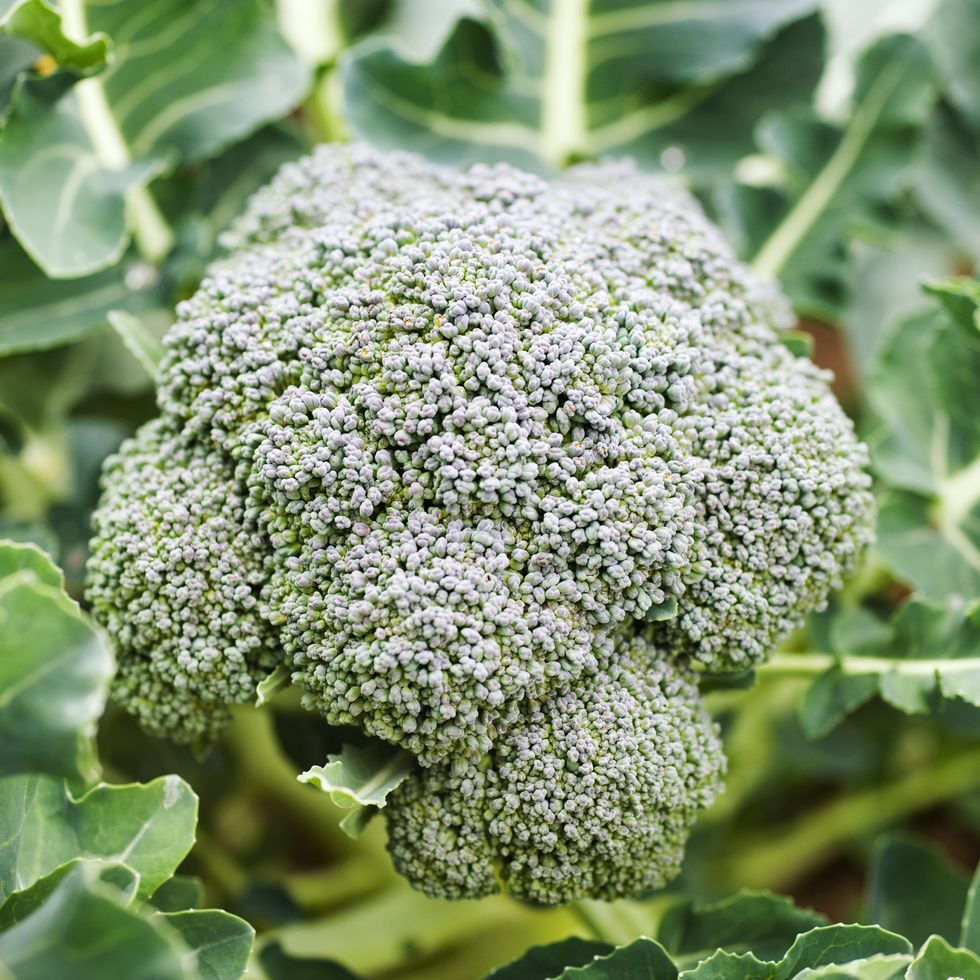 ZenShui/Laurence Mouton//Getty Images
ZenShui/Laurence Mouton//Getty ImagesOften referred to as a fall vegetable, certain quick-growing varieties of broccoli can actually be planted in late winter as the temperature begin to rise for a summer harvest. Plant these sun-loving crops in a spot in your garden that receives at least 6 hours of direct light. When it comes time to harvest, make sure the head is fully developed but hasn't produced any small yellow flowers yet.
Buy Broccoli Seeds
Advertisement - Continue Reading Below
Peppers
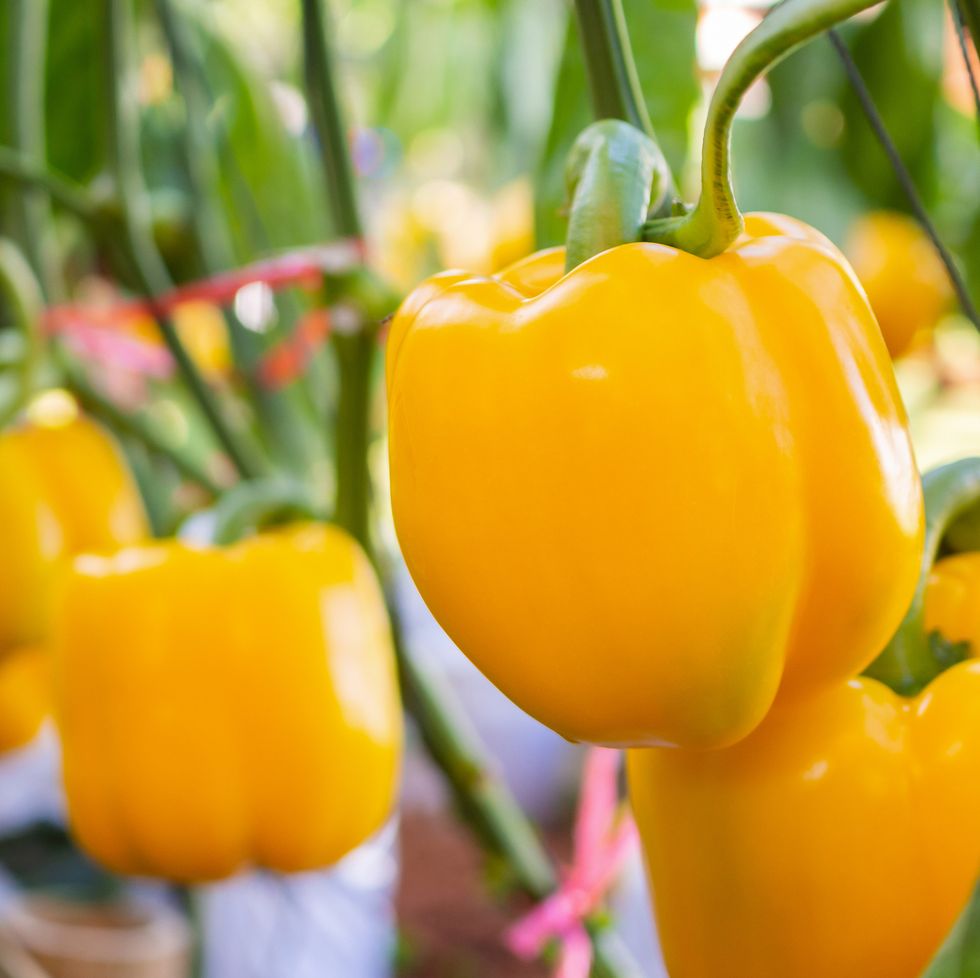 Kwangmoozaa//Getty Images
Kwangmoozaa//Getty ImagesPeppers are another fun vegetable to grow in gardens, as they take up little space and produce high yields when planted close together. In USDA Hardiness Zones 5–10, peppers can be planted indoors in March before transferring outside to the garden. The key is to start growing from seed 6 to 12 weeks before the last frost.
Buy Pepper Seeds
Beets
 Education Images//Getty Images
Education Images//Getty ImagesThis delicious and nutritious root vegetable prefers cool weather and can be planted from seed in early spring for an early summer harvest in USDA Hardiness Zones 7–10. Plant in rows, and add in high-nitrogen fertilizer six weeks after planting.
Buy Beet Seeds
Peas
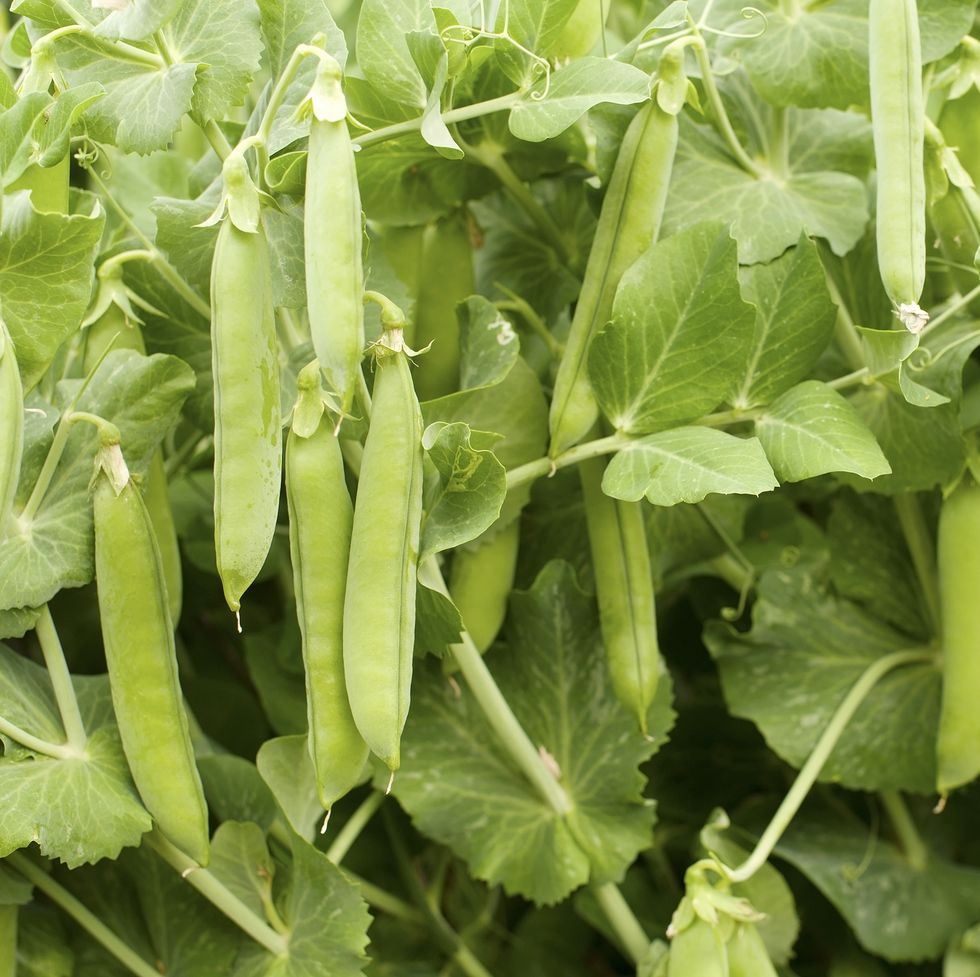 Neyya//Getty Images
Neyya//Getty ImagesThis cool-weather legume will thrive in early spring. In USDA Hardiness Zones 5–10, you can plant green peas and sugar peas 4 to 6 weeks before the last spring frost to yield an early summer harvest.
Buy Pea Seeds
Advertisement - Continue Reading Below
Cucumbers
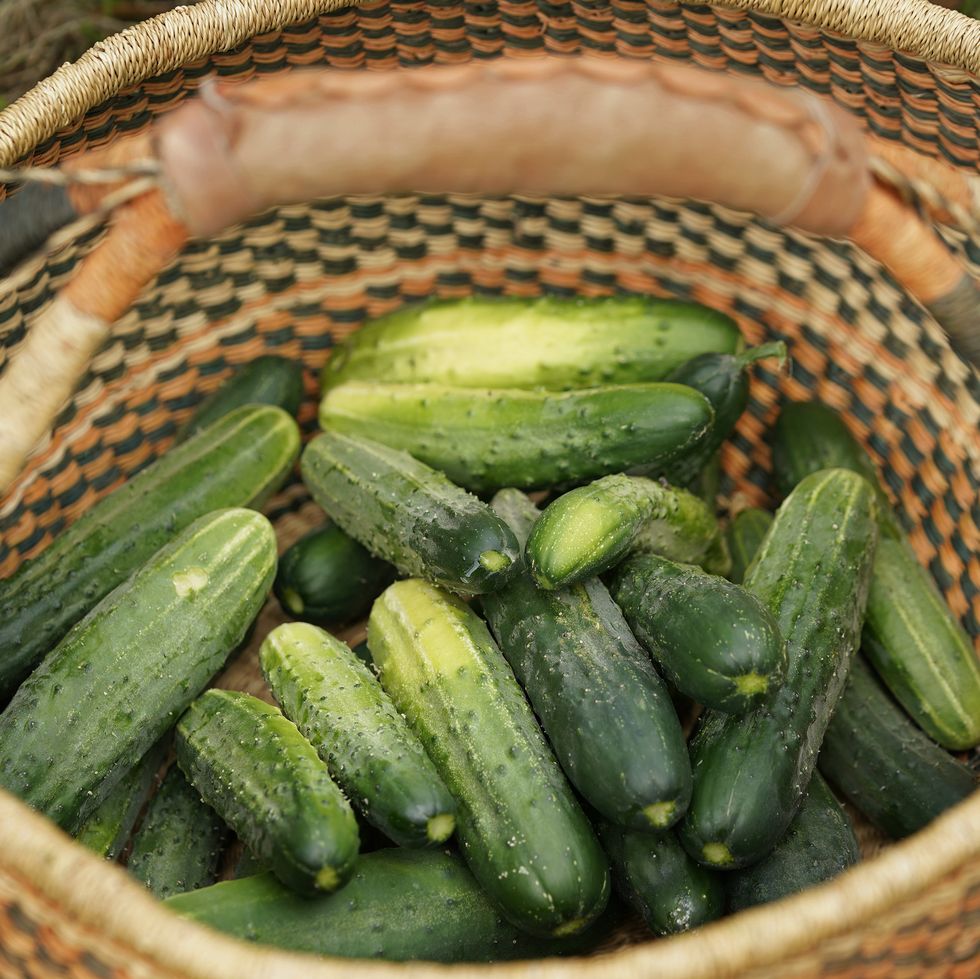 Portland Press Herald//Getty Images
Portland Press Herald//Getty ImagesCucumbers are a fast-growing, high-yielding garden crop. Certain varieties that grow on vines require more space for planting; those varieties that grow on bushes require less space. For those who live in USDA Hardiness Zones 5–6, you can start growing cucumbers from seed in March to be transplanted outdoors between April and June. For those who live in USDA Hardiness Zones 7–10, you can sow cucumber seeds directly outside two weeks after the last frost.
Buy Cucumber Seeds
Spinach
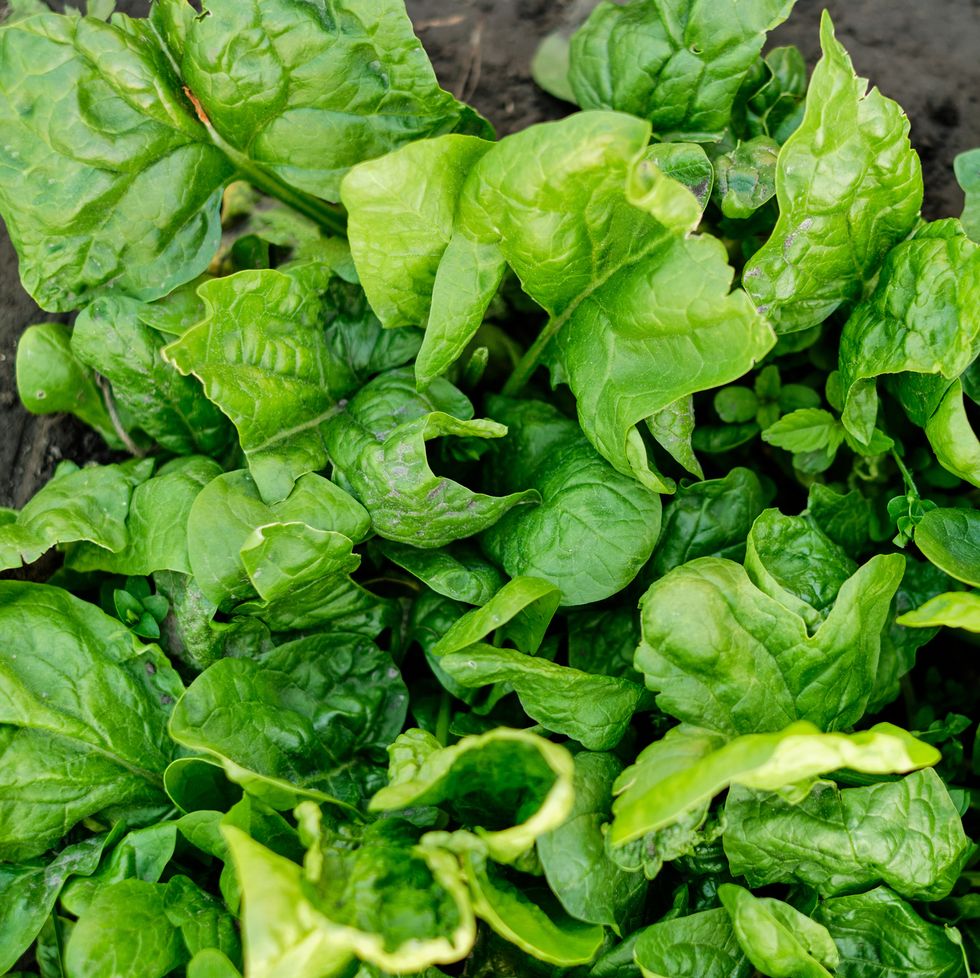 Cavan Images//Getty Images
Cavan Images//Getty ImagesSpinach is another cool-weather vegetable that can be planted in March and will produce until the summer heat waves begin. For those who live in USDA Hardiness Zones 5–10, you can plant in March or whenever the soil is able to be worked.
Buy Spinach Plants
Roses
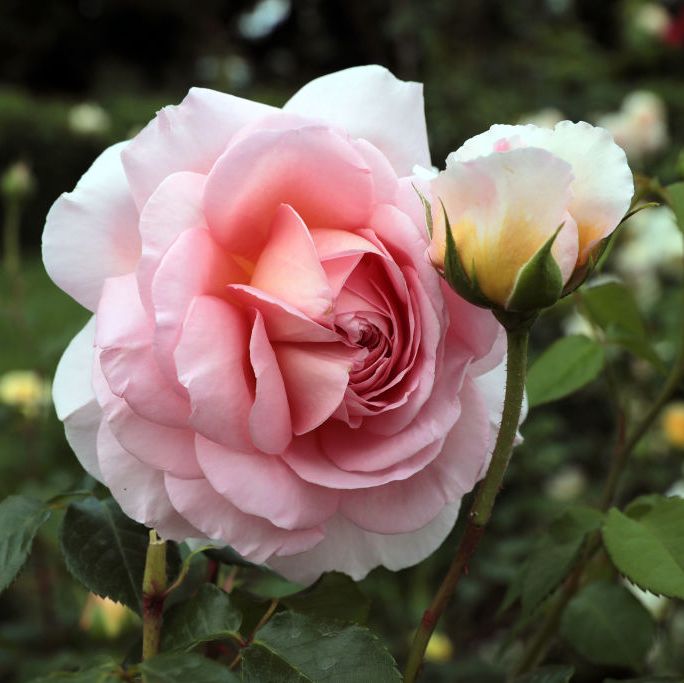 Barcroft Media//Getty Images
Barcroft Media//Getty ImagesMarch or early spring is an ideal time to plant roses, especially bare-root roses, which are typically only available in early spring. You'll want to make sure to wait until after the last frost. If you purchase bare-root varieties, make sure you plant soon after bringing the plant home (or soon after it arrives, if ordered online).
Buy Rose Bushes
Advertisement - Continue Reading Below
Azalea
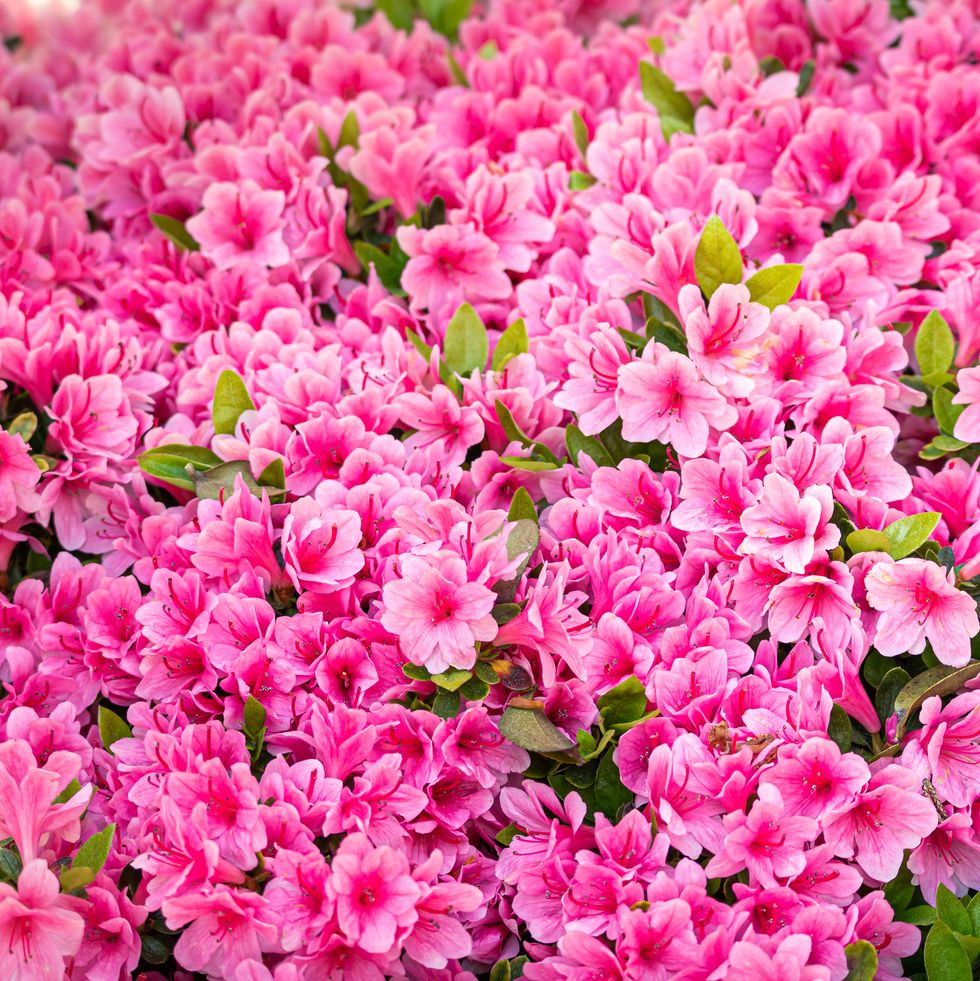 J. Park//Getty Images
J. Park//Getty ImagesWhile it's slightly preferred to plant this flowering shrub in fall, azaleas can also be planted in spring after the last frost. You'll want to space azaleas 2 to 6 feet apart, depending on their size, and plant where they will receive at least six hours of full sun. It's also important to plant new plants so that their top roots are at soil level or just below to avoid root rot.
Buy Azalea Shrubs
Cherry Blossom Trees
 Rosemary Calvert//Getty Images
Rosemary Calvert//Getty ImagesMarch, or after the last frost, is also a great time to plant flowering trees such as the cherry blossom. Find a spot in your yard or garden that gets at least six hours of direct sunlight for your tree to thrive.
Buy Cherry Trees
Lemon Trees
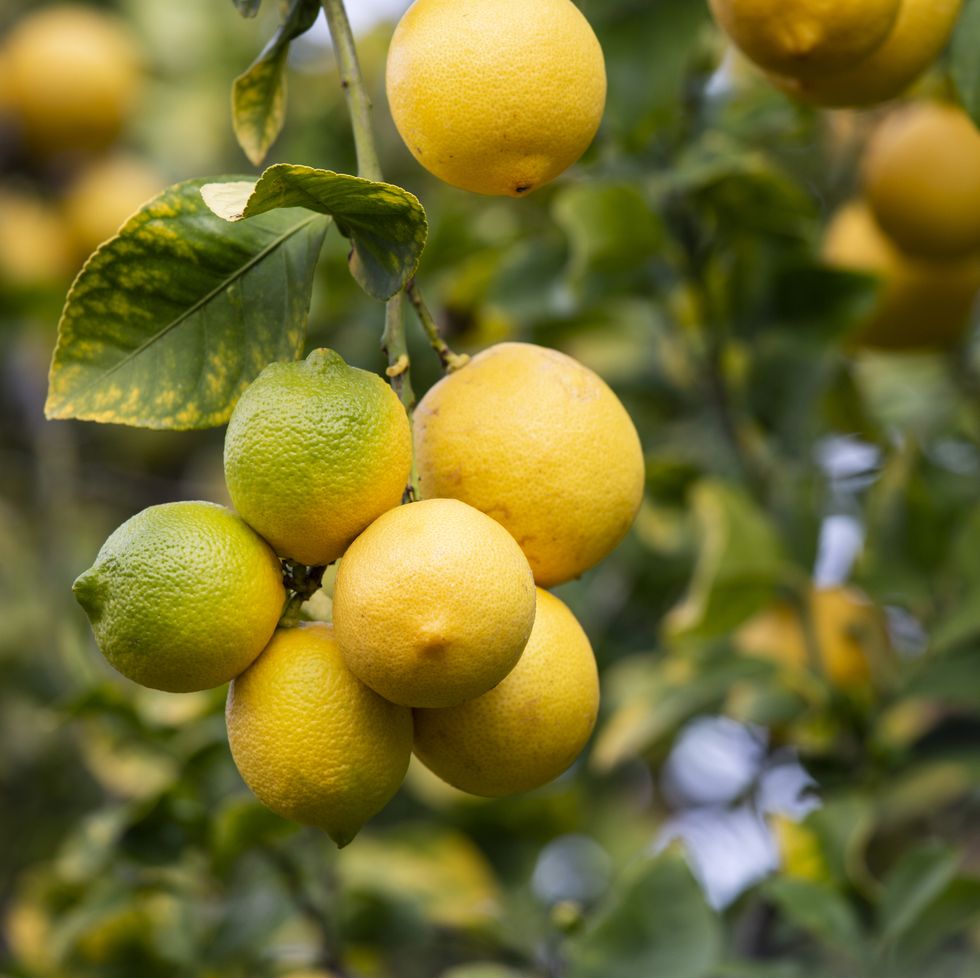 Jennifer A Smith//Getty Images
Jennifer A Smith//Getty ImagesCitrus trees are another great species to plant in March or after the last frost. Planting bare-root lemon trees at this time of year allows the root systems to become well established before the next winter. Plant lemon trees in full sun for best results.
Buy Lemon Trees
Advertisement - Continue Reading Below
Wax Begonia
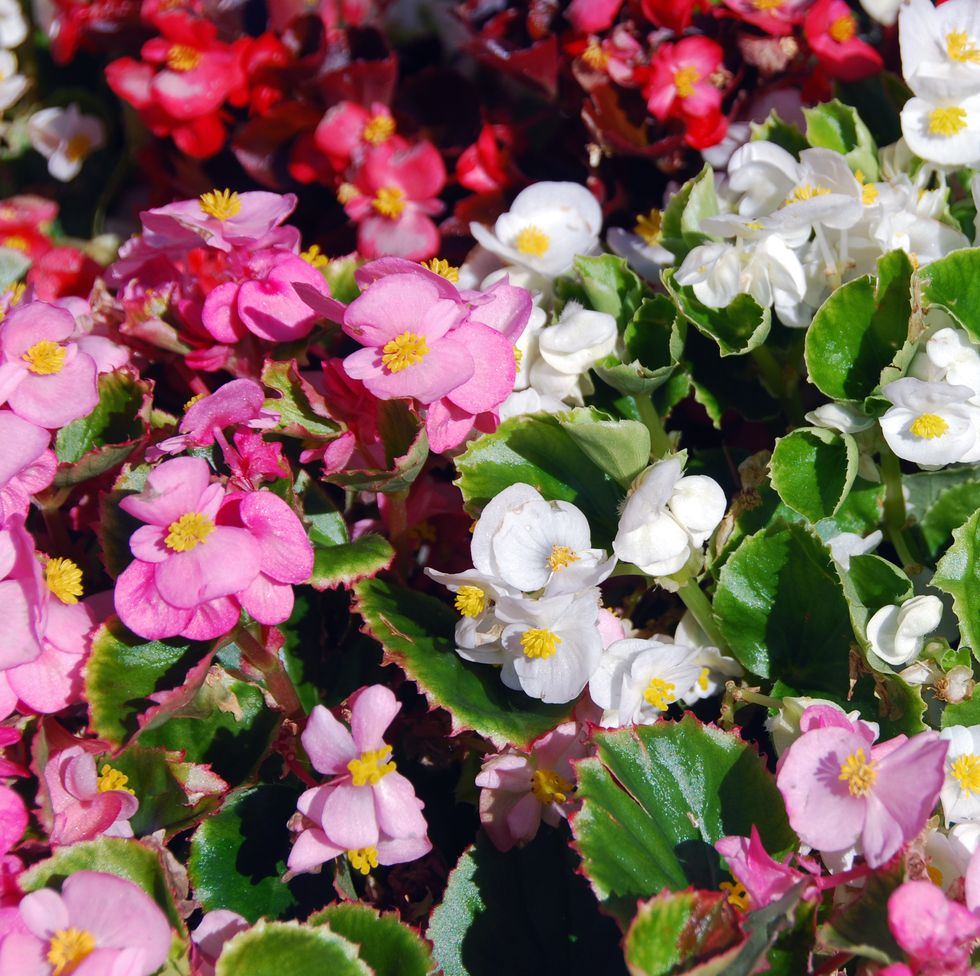 maljalen//Getty Images
maljalen//Getty ImagesThis wax-leafed, shade-thriving flower can be planted in March after the last frost. (Although they can be grown from seed indoors 12 weeks prior to the season's last frost, most gardeners prefer to transplant from a nursery.) Space plants about 8 inches apart in beds that have shade but will also get some morning sun for best results.
Buy Begonia Plants
Zinnias
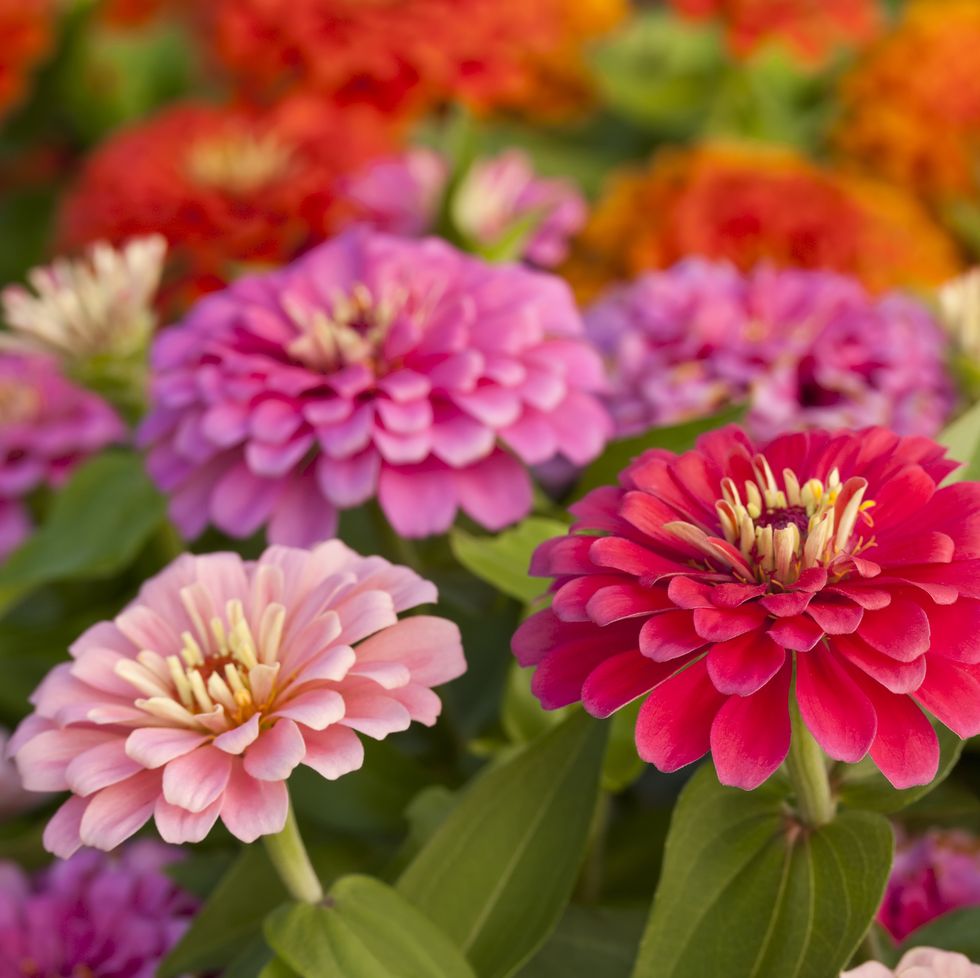 glennimage//Getty Images
glennimage//Getty ImagesThis colorful summer annual can be planted by seed directly into the garden in March or after the last frost. For best results, plant seeds a few inches apart in full sun. (Although zinnias will bloom in partial shade, they will have fewer flowers and may be more susceptible to disease.)
Buy Zinnia Seeds

Sarah DiMarco (she/her) is the associate editor at VERANDA, covering all things design, architecture, art, gardens, jewelry, travel, wine and spirits. She also manages social media for the brand.
Advertisement - Continue Reading Below
Advertisement - Continue Reading Below
Advertisement - Continue Reading Below


